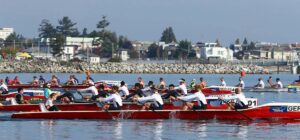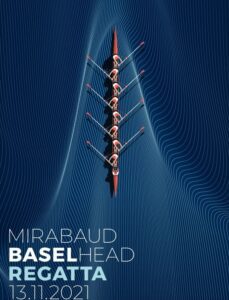Knowing how hard to race in rowing is a very particular skill. if you have done lots of races you know the amount of power you have to deliver into every stroke in order to win. But many crews do not yet have that depth of knowledge and experience.
Today we show you how to teach your crews how hard they need to race.
Let’s start with how to find out the target to teach.
Juri Janssen is the best example of this – He used targets to set a boat speed prognostic for the Athens Olympic Games where he raced the single scull. Rowperfect reviewed Juri’s “Setting a 2k target time” strategy. And its companion article Juri Janssen training on Rowperfect.
You must also know what the gold medal winning time was on water for your event. Most big regattas have recent winners and records available for you to consult. Here are some for you
- British Championships records archive
- British Masters Championships results archive [Site link broken]
- Henley Womens Regatta course records
- Henley Royal Regatta course records
Review our blog posts about Prognostic Times part 1, part 2 and part 3. They will help you understand using the course record or “Gold Medal” time in your calculations.
Find out what splits you need to achieve in order to win at the age/boat class / category you are competing.
Now, how to train towards that target
Carlos Dinares has set out a detailed video in which he explains exactly how he calculates the energy each athlete delivers into a rowing stroke during a 2k test or race. His description of the ‘mountain’ and the force and the stroke length are the axes and the area under the curve are the joules per stroke.
Every stroke you do has a force curve mountain – regardless of the rating or boat speed. If you see 1000 joules recorded, the area under the force curve represents that amount of energy.
Training with joules is independent of stroke rate, boat class or time. It’s a number that you get each stroke and does not vary if you change the rate or the boat class.
- Take a 2k test and find your AVERAGE joules over the whole test
- Every stroke in training you take now must be at least at that joules level
- This teaches the athlete how to work at that joules level, even if they are only rating 20 or 26. It’ll be easier to do because the amount of rest at lower rates is higher.
- This technique gives the opportunity for the athlete to get stronger and possibly grow their average joules before the next test.
- They get used to training at the intensity required for 2k







